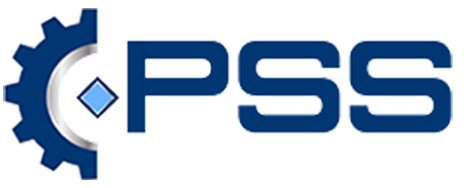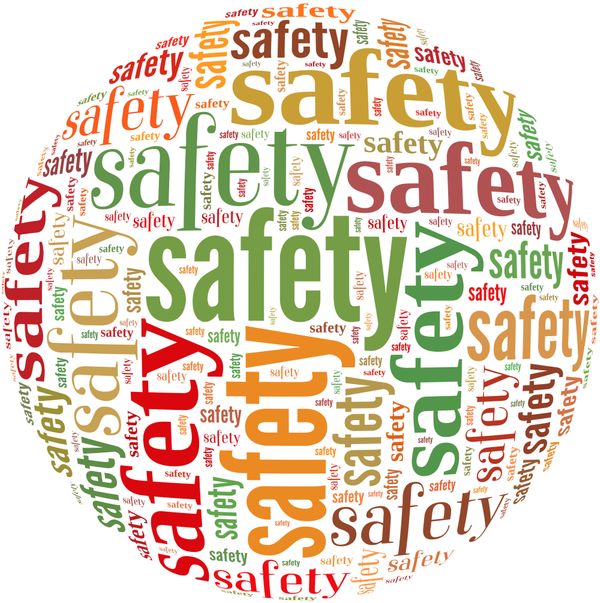One important aspect of the OSHA process safety management (PSM) standard that we must keep in mind, is that it was developed and promulgated in the early 1990s, and has not really changed any since then, but our industry has changed a lot.
However, the same principles of process safety management are just as relevant today as they were over 25 years ago. The 14 elements of the PSM standard constitute the framework of a safety and health management system (SHMS). As is the case in all effective management systems, the standard contains the continuous improvement model elements: plan, do, check, and act (PDCA).
The 14 elements of PSM are the “plan” portion, and when implemented, the “do” portion, achieves risk management or process safety. The “check” portion is the OSHA compliance audit element, and the “act” is implementing the recommendations from the compliance audits, incident investigations, and process hazard analysis (PHA).
Again, how each of the PSM elements are implemented is not defined by the PSM standard, but rather it is left up to the owner of the covered process (performance standard). Therefore, it is crucial that a policy and procedure be developed regarding how each element is to be implemented, which also constitutes the management system framework. Implementation should follow the PDCA and include a method of communication, including how the responsibilities will be delegated and the management system utilized.
Management systems fail when there is no accountability or understanding of who is responsible for what and how communication is to take place. The who is accountable, responsible, to be communicated and consulted with (often referred to as a RACI) is a critical piece of the overall management system.
People in organizations change all the time but their role most times remains the same. So, defining the RACI by role rather than by the name of a person helps to ensure continuity in process safety management. Failure of PSM programs in most cases will typically point back to the lack of continuity or a person leaving or transferring from the organization whose role was never filled simply because no one knew what the requirements for the role were.
To enlist the help of our process safety management services, simply contact us online to schedule an audit.

